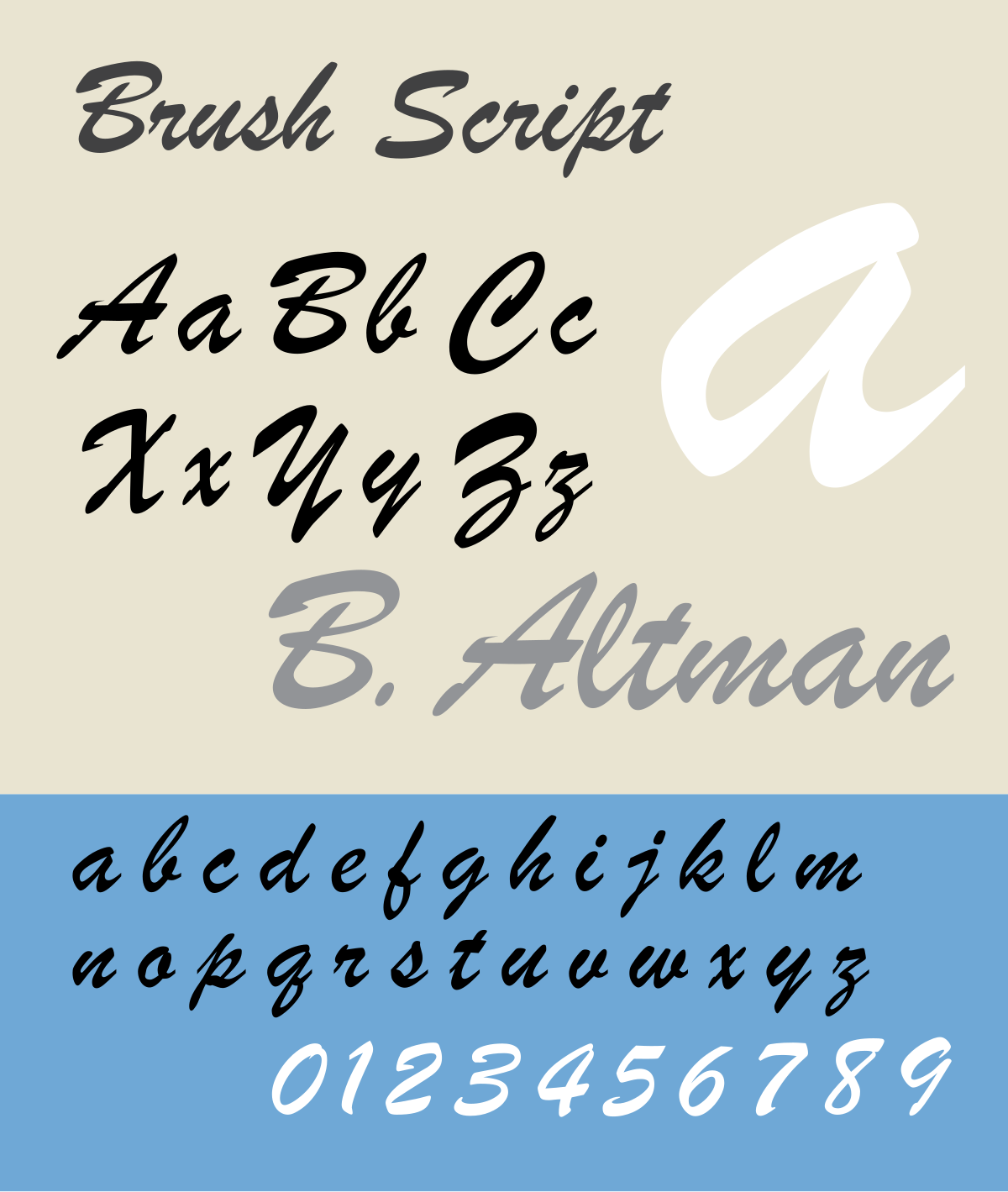
So if you submit the paper electronically, be sure to use a font your instructor has. Most electronic submission formats, on the other hand, can only use the fonts available on the reader’s computer. When you submit a hard copy or a PDF, your reader will see the text in whatever typeface you use. One thing to consider when choosing a font is how you submit your essay. (Unless they require you to use Arial, in which case drop the class.) If your teacher requires you to submit your papers in a particular font, do so. I usually ask my students to use Century Schoolbook or Palatino for their papers.

So with proper spacing and margins, type sizes of 11 or 10 point can be quite comfortable to read. The New York Times, for example, sets its body text in a perfectly legible 8.7 point font. Yet virtually every book, magazine, or newspaper ever printed for visually unimpaired grown-ups sets its body type smaller than 12 point. Some teachers may require you to set your whole text at 12 point.

So keep the text of your paper between 10 and 12 point. That’s why if you set two fonts at the same point size, one usually looks bigger than the other.Ĭompare the following paragraphs, both set at 12 point but in different fonts:įor body text in academic papers, type sizes below 10 point are usually too small to read easily, while type sizes above 12 point tend to look oversized and bulky.

How tall or wide any given letter is depends on how the type designer drew it within the em square, thus a font’s height and width can vary greatly depending on the design of the typeface. The point size of a font tells you the size of the “em square” in which your computer displays each letter of the typeface. A point is 1/ 72 of an inch, roughly one pixel on a computer screen. The standard unit for measuring type size is the point. Since they’re more readable for long passages and have sharper contrast in their italics, you should always use a serif font for the text of an academic paper. Most serifs, on the other hand, do have a true italic style, with distinctive letter forms and more compact spacing. Their “italics” are really just “obliques,” where the letters slant slightly to the right but keep the same shape and spacing. Moreover, most sans serifs don’t have a true italic style. Sans serifs (Arial, Calibri, Helvetica, Gill Sans, Verdana, and so on) work well for single lines of text, like headings or titles, but they rarely make a good choice for body text. ( Sans is French for “without.”) Serif fonts also vary the thickness of the letter strokes more than sans serifs, which have more uniform lines.īooks, newspapers, and magazines typically set their main text in a serif font because they make paragraphs and long stretches of text easier to read. Serif fonts have these extra strokes sans serif fonts do not. Serifs are the tiny strokes at the end of a letter’s main strokes. So which fonts are “easily readable” and have “clearly” contrasting italics? And what exactly is a “standard” size?įor academic papers, an “easily readable typeface” means a serif font, and a “standard” type size is between 10 and 12 point. Times New Roman) in which the regular style contrasts clearly with the italic, and set it to a standard size (e.g.

(See: Document Format.) But their advice on font selection is less precise: “Always choose an easily readable typeface (e.g. The Modern Language Association (MLA) provides explicit, specific recommendations for the margins and spacing of academic papers.


 0 kommentar(er)
0 kommentar(er)
